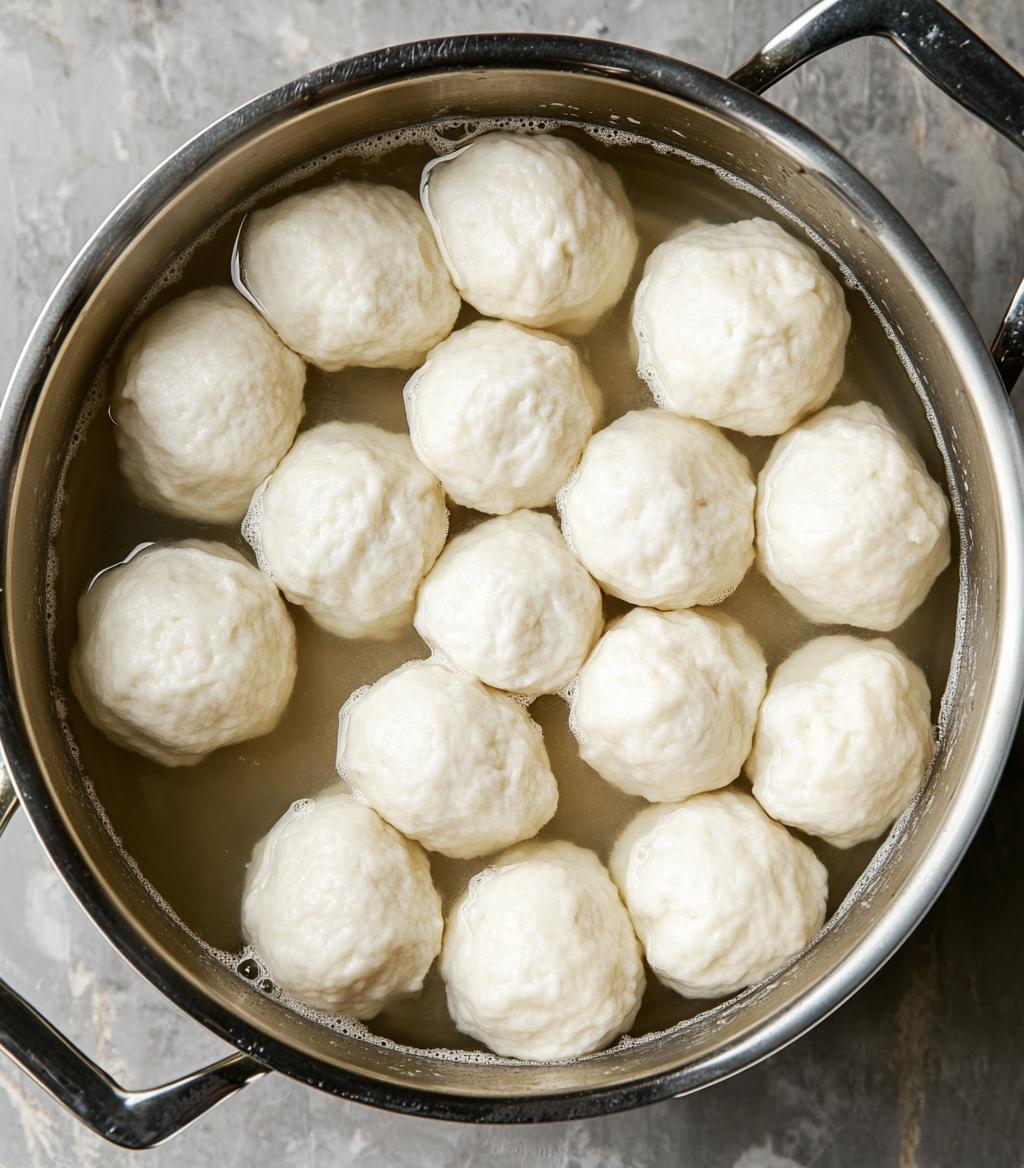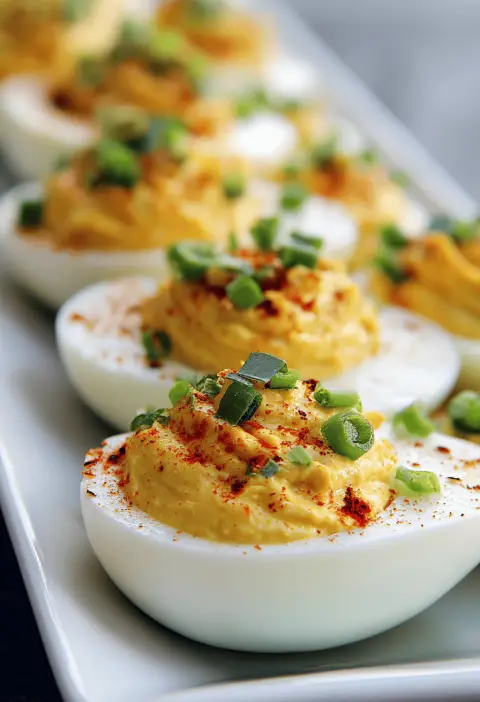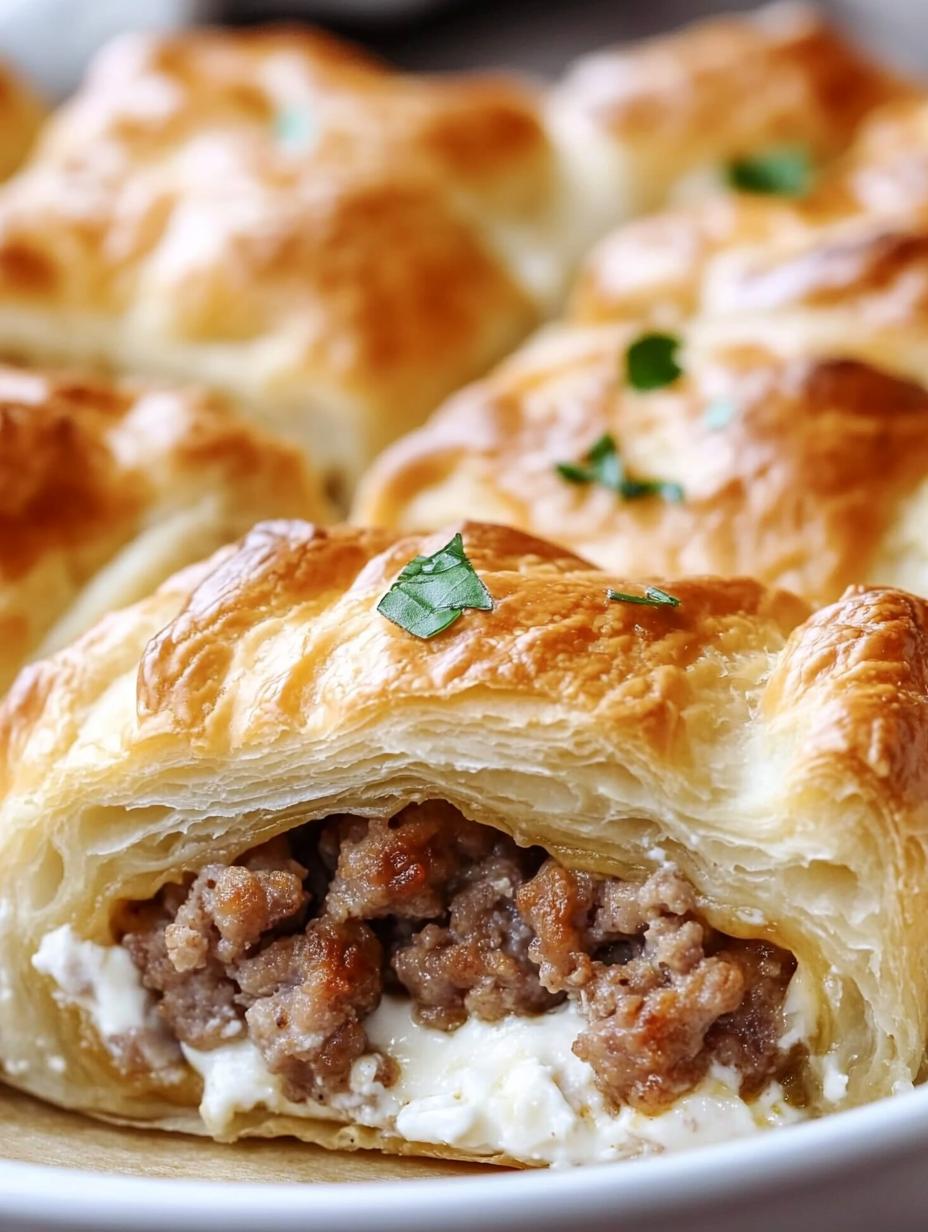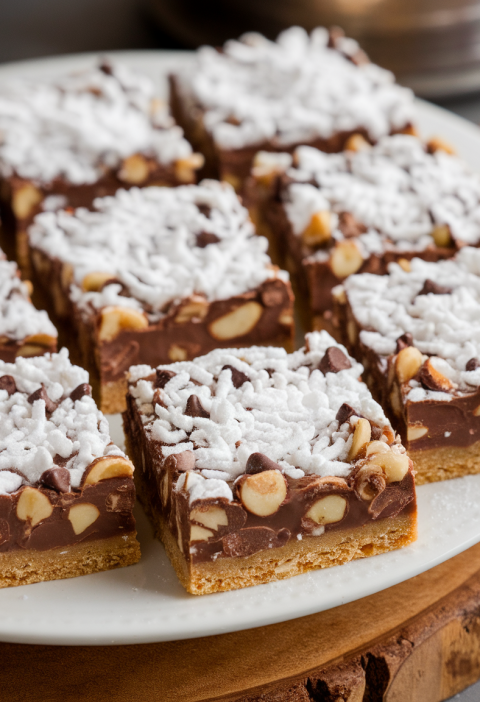There’s something about watching little dough clouds bob on a simmering stew that feels downright comforting—like a warm hand on your shoulder after a long day. You might picture a worn wooden spoon, a cast-iron pot, and that reassuring waft of savory steam filling the kitchen.
My grandmother’s dumplings have always been the secret to turning any humble broth into an occasion. They’re light, fluffy, and, frankly, impossible to mess up—hence the name “Never Fail Dumplings.”
Why You’ll Love It
• Consistency you can count on: A straightforward ratio of flour, baking powder, salt, egg, and milk means you won’t end up with a gummy brick.
• Kitchen-friendly: No stand mixer, no special gadgets—just a bowl, a whisk (or fork), and your own two hands.
• Crowd-pleaser: Whether it’s a virtual book club or a family dinner, these dumplings bring everyone to the table.
• Flavor magnets: Herbs, cheese, broth—anything goes. They soak it all up like magic sponges.
Timing and Servings
From the moment you start measuring flour to the second you spoon out dumplings, you’ll need about half an hour. Prep is roughly 10 minutes (even less if you’ve got a timer app pinging you). The dumplings themselves cook in 15 to 20 minutes as the stew simmers. Plan on getting 12–16 dumplings, depending on whether you’re making bite-sized pillows or generous pillows—either way, enough to serve four with seconds left over for lunch the next day.
Ingredients
• 1½ cups all-purpose flour
• 1½ teaspoons baking powder (fresh is key—if it’s over six months old, skip to the store)
• ½ teaspoon salt
• 1 slightly beaten egg
• ½ cup milk (dairy or your favorite plant-based)
Directions
1. Mix the dry ingredients. In a roomy bowl, whisk flour, baking powder, and salt until well blended. Give it a moment—no clumps hiding around the edges.
2. Stir in egg and milk. Use a fork or wooden spoon to combine. The dough will look a bit shaggy—that’s perfect.
3. Light kneading. Dust your counter with flour, turn out the dough, and knead just until it comes together (about 1–2 minutes). If you overwork it, dumplings can toughen up, so be gentle—think of it as a friendly massage, not a workout.
4. Shape the dumplings. Roll or pat the dough to roughly ¼-inch thickness. A pizza cutter makes quick square shapes. Feeling playful? A small round cookie cutter or even a heart-shaped cutter adds a whimsical touch—because why not?
5. Simmer and steam. Bring your soup or stew to a gentle bubble. One by one, lower the dumplings into the liquid. They taste best when they’re nestled under the surface, so nudge them gently. Cover the pot—this traps the steam that puffs them up. Resist peeking for at least 15 minutes.
6. Finish and serve. Remove the lid, admire those billowy clouds, and scoop them into bowls. A sprinkle of fresh parsley or chives brings a burst of color.
Variations
• Herb-studded: Fold in a tablespoon of chopped thyme, rosemary, or dill. Imagine biting into a dumpling that tastes like an herb garden breeze.
• Cheese-lovers: Stir in ¼ cup of shredded cheddar or Parmesan. Let it melt into pockets of gooey delight.
• Gluten-free swap: Use a one-to-one GF flour blend plus ½ cup almond flour for structure. Xanthan gum in the blend helps keep them from falling apart.
• Spicy twist: Add a pinch of smoked paprika, crushed red pepper, or even a hint of curry powder for a mild kick that pairs surprisingly well with chicken broth.
Storage & Reheating Tips
• Make-ahead dough: Shape the dough into a log, wrap in plastic, and chill up to 24 hours. When you’re ready, slice and drop into simmering broth.
• Leftover soup: Store soup and dumplings in an airtight container for up to three days. Reheat gently on the stovetop; blasting them on high heat can turn dumplings gummy.
• Freezing uncooked dumplings: Lay shaped pieces on a parchment-lined tray, freeze until solid, then stash in a freezer bag. No thawing needed—just toss frozen dumplings straight into simmering liquid and add a couple extra minutes to the cook time.
FAQs
Can I use water instead of milk?
Yes—but you’ll lose a bit of richness. If milk’s not on hand, swap in half water, half yogurt or a knob of melted butter for tenderness.
Why are my dumplings dense?
It’s usually overmixing or too much flour during kneading. Measure carefully, stir just enough, and skip the second knead if they feel tight.
How do I know when they’re done?
They’ll puff up into tender domes that float at the surface. A toothpick should slide in clean, without any raw dough clinging.
Can I halve the recipe?
Absolutely—just halve each ingredient. The cooking time stays the same, so watch for that telltale fluffiness.
Conclusion
There’s a reason these dumplings have stuck around for generations: they’re unfussy, forgiving, and bring people together. Whether your stew is bubbling on a crisp winter night or you’re sneaking a quick weekday lunch, these doughy pillows deliver that warm, nostalgic hug we all crave. So go ahead—whip up a pot, drop in a few dumplings, and let the comforting aroma remind you why simple recipes often leave the most lasting memories. Enjoy!
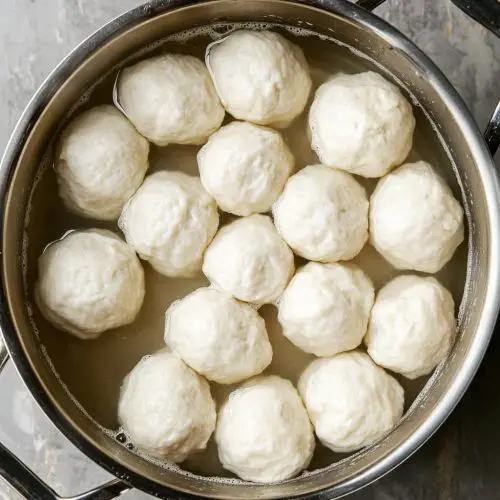
Never Fail Dumplings
Ingredients
- 1½ cups all-purpose flour
- 1 egg slightly beaten
- 1½ teaspoons baking powder
- ½ teaspoon salt
- ½ cup milk
Instructions
- In a large mixing bowl, combine flour, egg, baking powder, salt, and milk. Mix until a soft dough forms.
- Transfer the dough to a floured surface and knead gently for 1-2 minutes until smooth and elastic. Roll out to ¼-inch thickness and cut into small squares or desired shapes.
- Drop dumplings into simmering stew or soup, ensuring they are fully submerged. Cover the pot and cook for 15-20 minutes, or until dumplings are light and fluffy.
- Serve hot, ladled over your favorite soup or stew, and enjoy the comforting, satisfying flavor.

